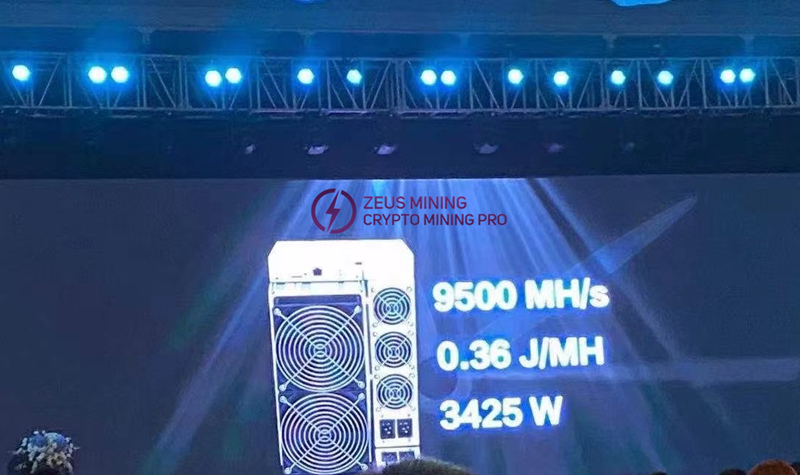What is the difference between the mining principles of BTC and LTC?

If BTC is the representative of blockchain 1.0, ETH is defined as the representative of blockchain 2.0. Then, among many blockchain 1.0 currencies, LTC is undoubtedly the second most popular pure cryptocurrency. This achievement can be attributed mainly to its simplicity and obvious utility advantages. More than two thousand merchants or shops worldwide accept LTC payments, and LTC has become one of the most widely accepted cryptocurrencies. Like BTC, there are currently two main channels for obtaining LTC, either from trading platforms or mining.
There are many similarities between LTC and BTC. The original vision of its founder, Charlie Lee, was to make LTC “a streamlined version of BTC.” Its technical principle is the same as that of BTC. It also uses a decentralized management mechanism that any agency or government does not control. However, LTC has improved BTC’s shortcomings: slow transaction confirmation, less total cap, and proof-of-work mechanism leading to the emergence of large mining pools, etc.
Compared with BTC, the block generation time of the LTC network is only 2.5 minutes (instead of 10 minutes), so it can provide faster transaction confirmation, and its transaction fees are meager, which is very suitable for small transactions point-of-sale payments. Among them, the most significant difference between the two is the algorithm. LTC uses the script algorithm for calculations, while BTC uses the sha256 algorithm for calculations.
Among them, the former takes longer to calculate and requires more memory. This algorithm makes it difficult to concentrate the hash rate, and the miners for mining are more dispersed than BTC, which helps prevent 51% attacks. It is precisely because the two working mechanisms and algorithms are different than BTC chip miners cannot be used to mining LTC. DogeCoin uses this algorithm.
As of August 2021, 68.24 million LTCs have been mined out of the 84 million total. According to the estimates of the LTC Foundation, it will take more than 100 years to complete the mining of LTC (about 2140). According to the number of LTC mined in each block, the amount of LTC mined is reduced every four years. At present, miners can get a 12.5 LTC per block award.
Currently, the total market value of LTC is as high as $9.1 billion (ranked 15th on CoinMaeketCap), but there are not many mining pools that support LTC mining, and it does have a lot to do with LTC’s scrypt algorithm.
There are also dedicated miners mining LTC, such as Antminer L7, L3+, etc.
Take the ViaBTC Micro Bit mining pool as an example. The LTC mining pool has three settlement methods: PPS+, PPLNS and SOLO, and the joint mining function is launched. DogeCoin can be allocated according to the hash rate contribution ratio but only applicable to PPS+/ PPLNS these two settlement methods.
As early as the end of 2020, LTC also released the MimbleWimble (MW) testnet to test confidential Mimblewimble-based transactions on LTC. It will be released on the mainnet this year.





